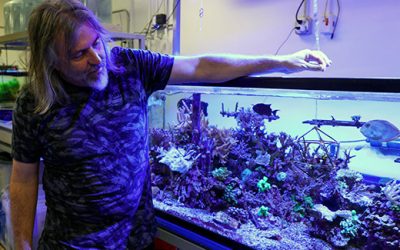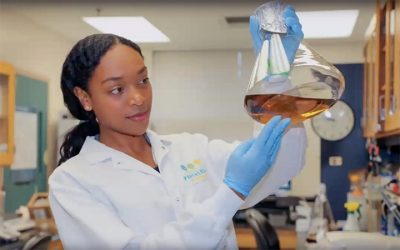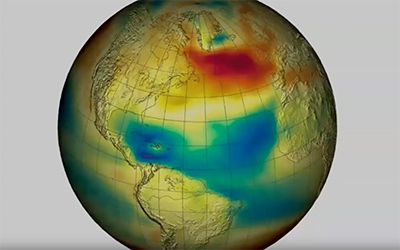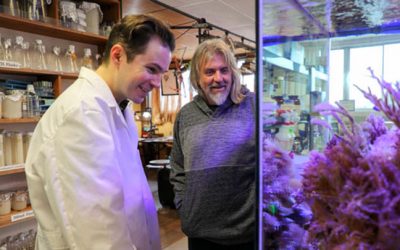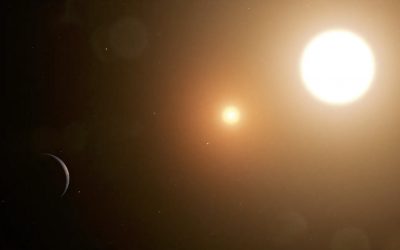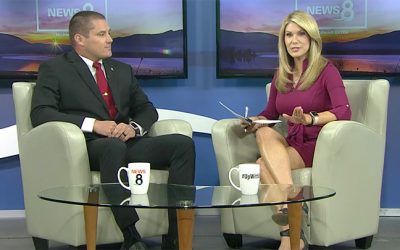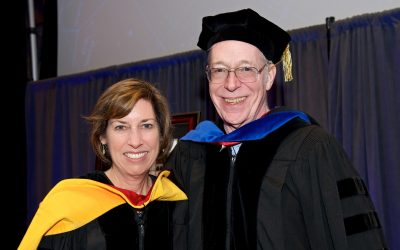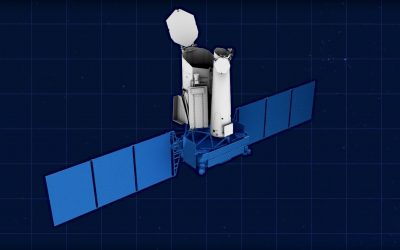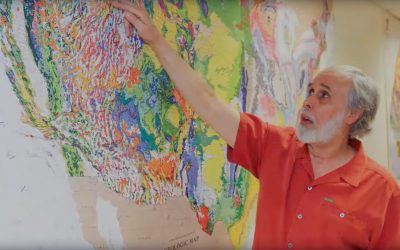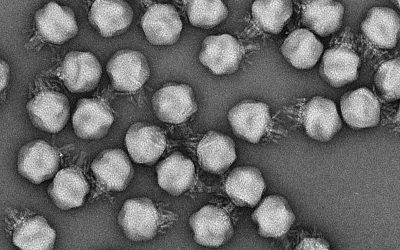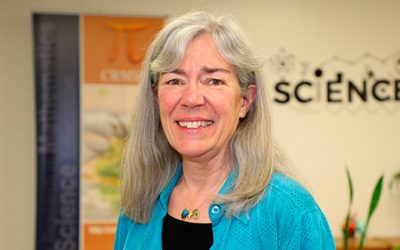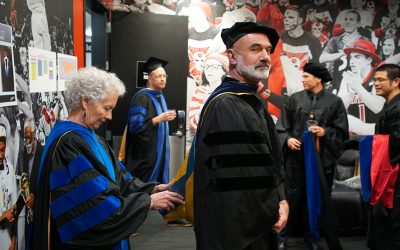News from the College of Sciences
SDSU Ecologist Receives Prestigious Moore Foundation Award
Forest Rohwer has been awarded $2 million to explore ways to help coral reefs adapt to climate change. He is one of 15 scientists from different research institutions around the world chosen by the Gordon and Betty Moore Foundation to receive investigator awards to pursue research under the Symbiosis in Aquatic Systems Initiative (SASI).
Nurturing Undergrad Cancer Researchers
Partnership Scholars Program offers underrepresented students paid internships, training and exposure to cancer research. By Padma Nagappan Nalani Coleman always knew she wanted to investigate diseases, especially cancer, so she found out about a research...
Climate Data at Your Fingertips
What makes 4DVD different from existing databases is that it optimally harnesses distributed computing, database technology and cloud server routing. Shen and Pierret demonstrated the difference by pulling up temperature data on existing databases. The images on those sites are not easily understandable.
Common Foods Can Help ‘Landscape’ the Jungle of Our Gut Microbiome
San Diego State University researchers have found a new way to harness food as medicine, which has far-reaching implications to control harmful microbes in our gut while balancing microbial diversity by fostering the growth of beneficial bacteria.
Astronomers Pinpoint Two New Double-Star Planetary Systems
On behalf of the international team of 60 investigators, including SDSU astronomers William Welsh and Jerome Orosz, the work was presented by researcher Veselin Kostov at the 235th meeting of the American Astronomical Society in Honolulu on January 6.
Here’s How to Protect Yourself Online Before You Even Log In
You’ve heard of having good hygiene, like brushing your teeth, but how is your cyber hygiene? Co-director of the SDSU Graduate Program in Homeland Security, Lance Larson, sat down with Morning Extra to give tips on how to protect yourself online.
Discovery Chemist Aims to Drug the Undruggable
Jason Zbieg admits he has a competitive streak. It showed up in wrestling and baseball during his New Jersey childhood, and now he’s an avid golfer. “I just want to get as good as I possibly can in anything I do.”
‘Death Star’ Bacterial Structures Could Be Drug Delivery Tool
By scraping tubeworms off the bottom of boats in San Diego Bay to study them, SDSU researchers discovered a beneficial bacterium that aids in establishing colonies could also be a boon for human health, because the same process might already take place in the human gut.
Honorary Doctorate Awarded to Ellen Ochoa
Former astronaut and Director of the Johnson Space Center, Ellen Ochoa, was awarded an Honorary Doctorate at SDSU. “I could not have imagined this career when I was a student at San Diego State…” Ochoa credits one of her former physics professors, Jeffrey Davis, with helping steer her into her interest…
Mimicking Photosynthesis to Make Fuel Cells Affordable and Green
Chemistry researcher and assistant professor Jing Gu, with San Diego State University, is focused on making hydrogen both affordable and green, through artificial photosynthesis that mimics the plants to convert solar energy into hydrocarbons that stores energy in chemical bonds.
SDSU Professor Official Member on Global eRosita Telescope Project
On July 13th, 2019 the eRosita X-ray space telescope was put into Earth’s orbit successfully. This instrument was developed by the Max Planck Institute for Extraterrestrial Physics in Garching, Germany.
Mantle Rock Behind Yellowstone’s Supereruptions Extends to Northern California
An SDSU volcanologist finds that the same source rock made its way west over time, a discovery that will help us understand past and future eruptions.
Meet crAssphage, The Virus That You’re Probably Carrying
A study released today in Nature Microbiology reveals patterns of a virus that half the people in the world are carrying. The collaboration of 117 scientists across the globe focuses on crAssphage, a virus that feeds on human gut bacteria.
Change Agents: Education Specialists a Growing Force at CSU Campuses
“With SFES as change agents, we are able to produce students who can reason better, solve problems we can’t even imagine exist today, and transfer their understanding of science to everyday problems…”
Stepping Up By Looking Back
“Explore and really find out what you like to do versus what the normal thing is,” Mathur said in a telephone interview from her office as bioinformatics software test manager at Guardant Health.
Professor Battling Life-Threatening Disease Surprises His Students
After being diagnosed with lung cancer, SDSU virology professor Roland Wolkowicz was determined to continue teaching but didn’t anticipate he could attend his students’ commencement celebration. Despite Wolkowicz’s battle, he unexpectedly arrived to surprise his students during their May 18th commencement at Viejas Arena.
First-Ever Thirdhand Smoke Resource Center Opens
“There’s a big illusion that when tobacco smoke disappears, we’re safe,” said SDSU psychology professor Georg Matt, director of the resource center. “Unfortunately, some of the most toxic compounds clinch to surfaces. They get embedded in carpets, they coat walls, they penetrate into walls. They become part of the indoor environment.”
Astronomers Discover Third Planet in the Kepler-47 Circumbinary System
Astronomers have discovered a third planet in the Kepler-47 system, securing the system’s title as the most interesting of the binary-star worlds. Using data from NASA’s Kepler space telescope, a team of researchers, led by astronomers at San Diego State University, detected the new Neptune-to-Saturn-size planet orbiting between two previously known planets.
